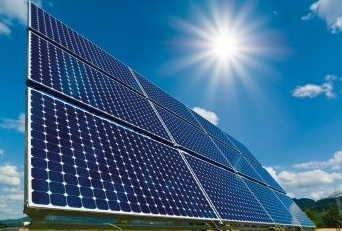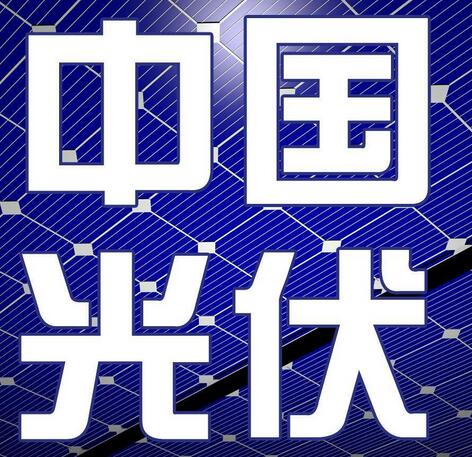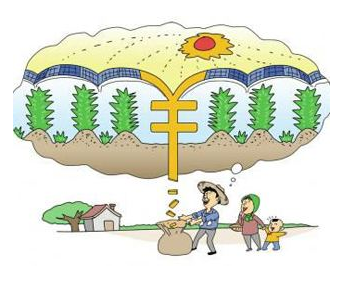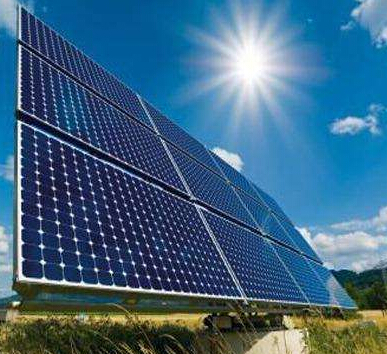In the short period of 20 years since the development of the photovoltaic industry, from the beginning of the single crystal king, to the subsequent polycrystalline rise, and to the current leading position, the trend of the industry has been changing. This change is not only reflected in the market share of single polycrystalline, but also reflected in the development of photovoltaic power plant projects. At present, under the circumstance that the western region is plagued by "abandoned light and limited power," the development of centralized photovoltaic power plants in China has been greatly restricted. Distributed PV has become the main force in the growth of the photovoltaic market in the past two years. The data shows that in 2017, the newly installed capacity of distributed photovoltaics approached 20 GW, achieving an unprecedented explosion. In 2018, the policy changes frequently, and where are the opportunities for distributed photovoltaics?
Photovoltaics is an industry that is heavily influenced by policies. For example, the rise of distributed photovoltaics is not related to policy tilt. From a policy point of view, distributed photovoltaics in 2018 are facing three major opportunities. In the new market trend, companies should seize these three major opportunities and strive to create glory in 2018.
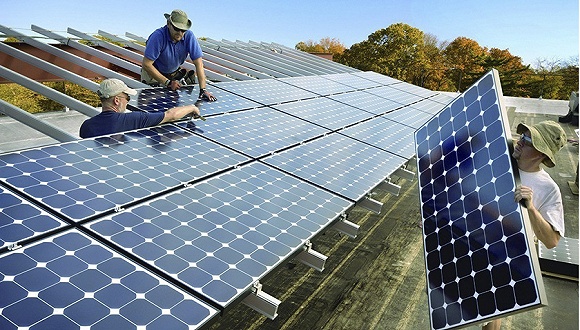
First, the implementation of distributed trading pilots will greatly stimulate the development of the industry. According to the “Circular on Launching a Pilot Project for Distributed Power Generation Marketization” jointly issued by the National Development and Reform Commission and the Energy Bureau, a distributed energy project can choose to sell electricity at the nearest 110kv voltage level. For distributed photovoltaics, this is a great advantage, not only can maintain a higher yield, but also can open up a broader market. According to the relevant policies, the National Energy Administration will focus on the selection of distributed renewable energy resources and sites with good development conditions, large power demand, good grid access conditions, and the ability to achieve city (county)-level regions and economic development zones nearby. , industrial parks, new urbanization areas, etc. as distributed trading pilot areas, and confirmed the start of trading before July 1, 2018.
According to the distributed trading approach, the ground distributed photovoltaic power station in the pilot area can also realize direct power supply to users, reduce the risk of power cuts, and increase the yield. This means that the power of distributed photovoltaic power plants can be sold “walls” to units that require electricity. As a result, distributed photovoltaics will be able to achieve user-side access to the Internet through market-based transactions, and they will still have higher returns without relying on subsidies. In addition, distributed transactions can achieve a win-win situation for both power sellers and consumers, and for large industries, industrial and commercial companies that have limited rooftop resources and cannot completely cover their own electricity consumption, they can buy through market-based transactions. Usually cheaper electricity; for home photovoltaic owners, can also achieve higher returns through market-based transactions. Therefore, the trading pilot will become a major opportunity for distributed photovoltaics in 2018, and if companies can lay out in advance, they can seize the opportunity to achieve industry leadership.
Second, under the "preference" of various policies, photovoltaic poverty alleviation is an absolute hot in 2018. According to the "2018 Photovoltaic Power Project Pricing Policy", while subsidies for ordinary ground power stations have fallen by 0.1 yuan and subsidies for distributed photovoltaic power plants have fallen by 0.05 yuan, village-level photovoltaic poverty-relief power stations and distributed photovoltaic poverty alleviation projects have maintained their original subsidies, making photovoltaics Poverty all of a sudden became one of the highest-revenue projects in the entire industry. Revenue is the driving force behind the development of the industry, and high yields will attract a large number of companies to lay out. PV poverty alleviation as the country’s most supported project, but also enjoy preferential policies such as land use preferential policies and preferential distribution of subsidies, not only can avoid land disputes, but there is no problem of subsidy arrears, the protection of consumption also circumvented the most to abandon The problem of "light limiting electricity" can be described as "collecting thousands of pets." Therefore, in 2018, photovoltaic poverty alleviation will undoubtedly be broken. According to experts' forecasts, this year's photovoltaic poverty alleviation project will reach 12GW. As the current mainstream of the photovoltaic industry, the prospects of distributed photovoltaic poverty alleviation projects can be expected.
Third, the household PV market is in the ascendant. In nearly 20 GW of distributed installations in 2017, the majority of them are still commercial and commercial rooftops. Although household photovoltaics are hot, there is actually a lot of room for growth. The installation of 500,000 households and 200% growth are only the beginning of household photovoltaic outbreaks. In addition to the currently well-developed Zhejiang, Shandong, Hebei, and other places, household photovoltaics in Guangdong, Jiangxi and other places are expected to become emerging markets for household photovoltaics. . According to the analysis of the industry research center, the number of installed domestic households in 2018 is expected to exceed 800,000. In areas with a lack of land resources such as the eastern and central regions, household photovoltaics are the most suitable mode of development. As household photovoltaics radiate into the country, household photovoltaics will continue to burst in the coming period, and they will truly begin to enter. Millions of households become products similar to "refrigerators" and "color TV sets."
In summary, under the three major market opportunities of distributed trading pilots, photovoltaic poverty alleviation, and household photovoltaics, the distributed market in 2018 will continue to prosper, and the entire photovoltaic industry will continue to improve under the drive of distributed photovoltaics. In the face of opportunities, photovoltaic companies are under pressure. As we all know, after several consecutive years of rapid growth, major companies have inevitably created a wave of expansion, and this wave of production capacity will be released in a large part of the 2018 release, and market competition is heating up. Experts predict that under the pressure of cost reduction and efficiency gains, PV companies that have no way to reduce costs will gradually lag behind. After the impact of capacity expansion, some small-scale enterprises will be directly eliminated.
A new round of industry consolidation is accelerating on the eve of realizing affordable Internet access. There are opportunities in the market, but challenges also exist. If photovoltaic companies cannot grasp the latest trends in the industry and continue to innovate in technology, they will face the risk of being eliminated.
















 RCCN WeChat QrCode
RCCN WeChat QrCode Mobile WebSite
Mobile WebSite


